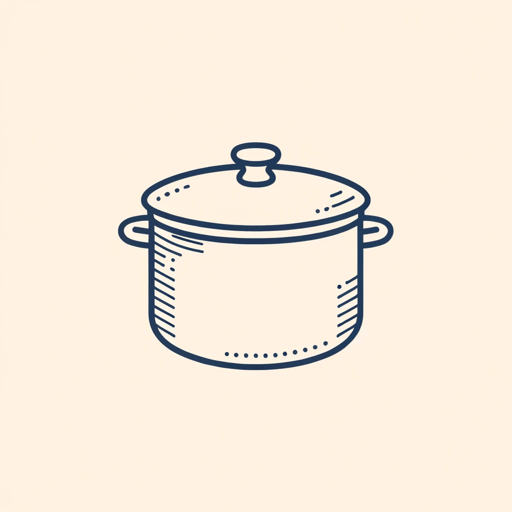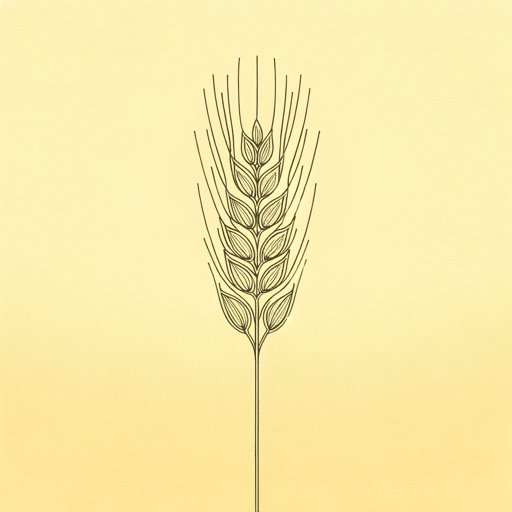44 pages • 1 hour read
J. Ryan StradalKitchens of the Great Midwest
Fiction | Novel | Adult | Published in 2015A modern alternative to SparkNotes and CliffsNotes, SuperSummary offers high-quality Study Guides with detailed chapter summaries and analysis of major themes, characters, and more.
Symbols & Motifs
Gastronomical Dishes
One of the distinctive structural features of Kitchens of the Great Midwest is its use of culinary dishes as the titles for each chapter, each serving as a symbol. The initial chapter, “Lutefisk,” highlighting a dried white fish cured in lye, symbolizes Lars’s Nordic heritage and the migration of such communities and their culinary traditions to the Midwest. Simultaneously, it becomes a source of embarrassment for Lars, who struggles with romantic pursuits due to his association with the pungent fish.
The following chapter, “Chocolate Habanero,” sees food transformed into a weapon as Eva cultivates fiery habanero chilies, turning them into oil to confront her schoolyard bullies. The third chapter features sweet pepper jelly, revitalizing Braque's life after her regimented athletic diet. It teaches her to be bold, brave, and view Food as a Source of Identity and Community rather than something to control.
Chapter 5, “Walleye,” showcases Eva's extraordinary palate as she discerns the ingredients used in a restaurant's preparation of the native Canadian and North American fish. “Golden Bantam,” Chapter 5, centered around an heirloom variety of corn, reflects Octavia's self-perception as wealthy and beautiful, though her arrogance is revealed when Eva graciously allows her to take credit for the bantam.


